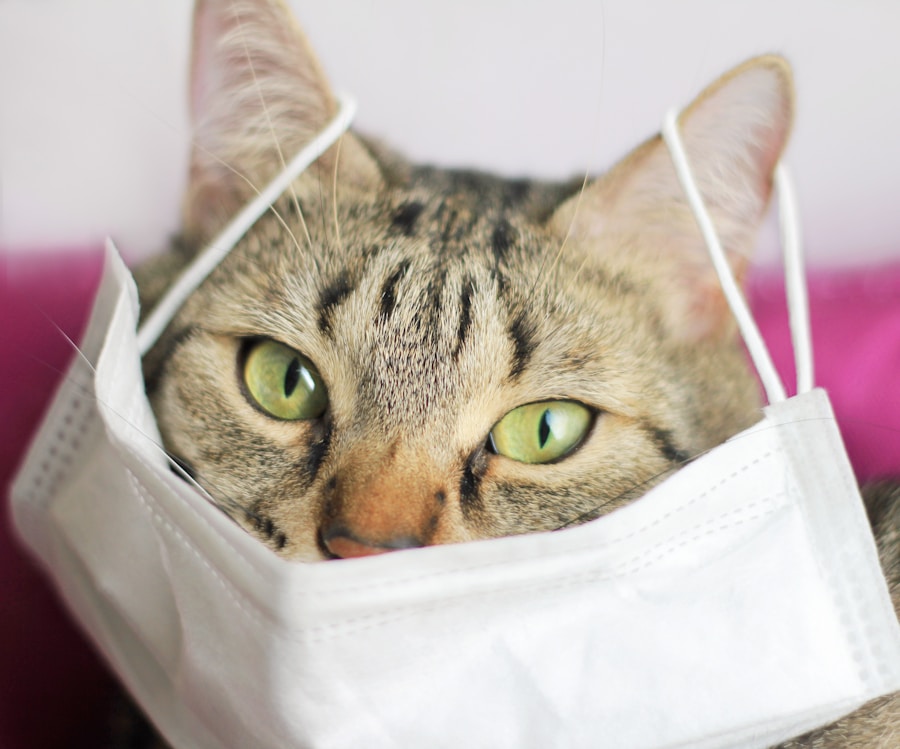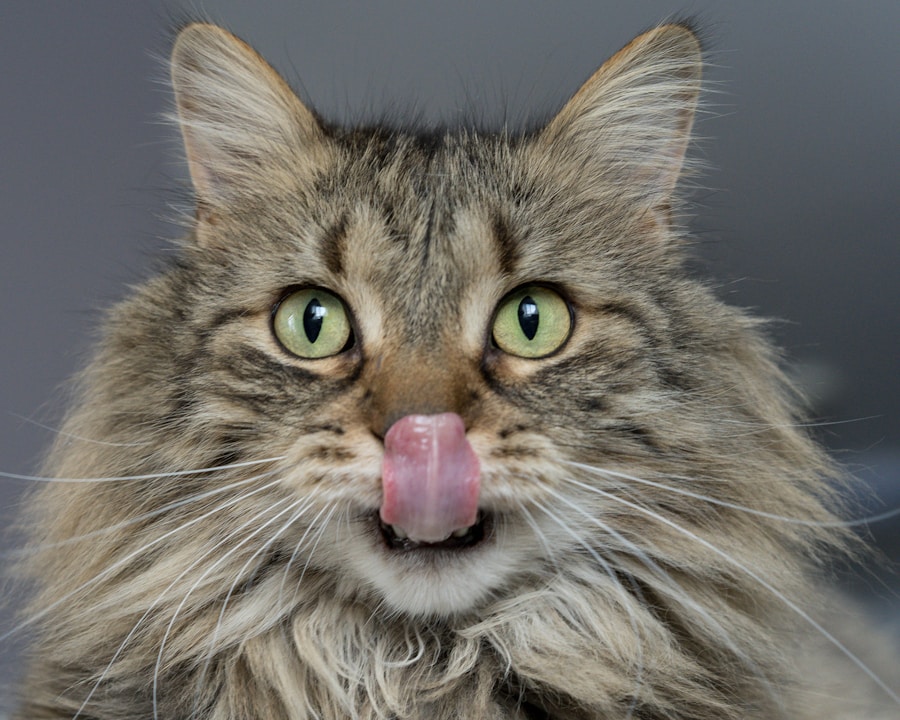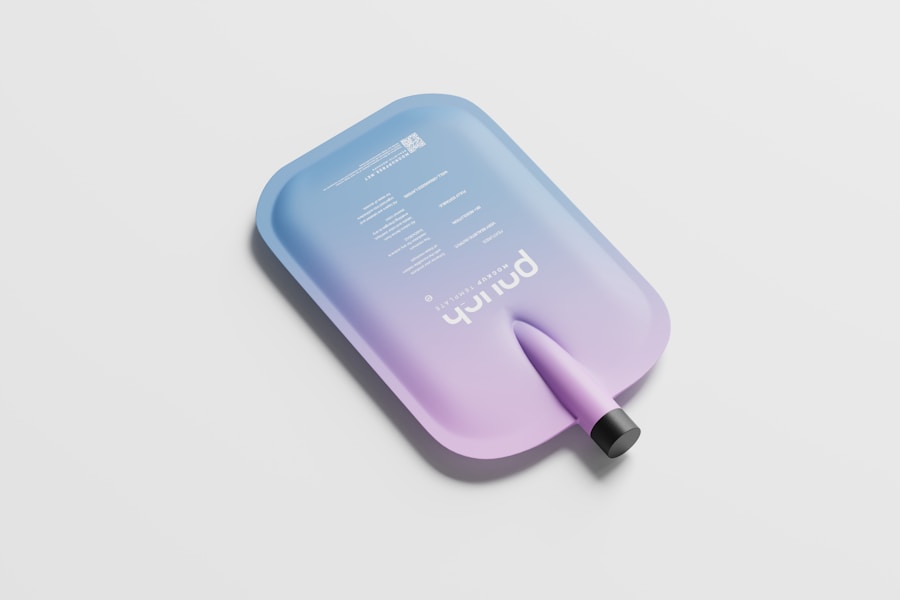Cat treats are an important part of your feline friend’s diet. While they should not make up a large portion of their daily intake, treats can be used to provide additional nutrients, aid in training, and strengthen the bond between you and your cat. It’s important to understand that not all cat treats are created equal, and some may be more beneficial for your cat than others. By choosing the right treats and using them in moderation, you can ensure that your cat is getting the most out of their snack time.
In addition to providing additional nutrients, cat treats can also be used as a tool for training and bonding with your cat. Positive reinforcement is a key component of training, and treats can be a great way to reward your cat for good behavior. Whether you’re teaching them to use a scratching post instead of your furniture or to come when called, treats can be a powerful motivator. Additionally, giving your cat treats can help strengthen the bond between the two of you. By offering them a tasty snack, you are showing your cat that you care for them and want to make them happy. This can help build trust and create a stronger connection between you and your feline friend.
Choosing the Right Cat Treats for Your Kitty
When it comes to choosing the right cat treats for your kitty, it’s important to consider their specific dietary needs and preferences. Look for treats that are made with high-quality ingredients and are free from artificial colors, flavors, and preservatives. It’s also important to consider your cat’s age, size, and any health issues they may have when selecting treats. For example, if your cat has a sensitive stomach, you may want to choose treats that are easy to digest and gentle on their digestive system.
In addition to considering your cat’s individual needs, it’s also important to think about the type of treat that will best suit your cat. Some cats may prefer crunchy treats, while others may prefer soft or chewy treats. You may need to try out a few different options to see what your cat likes best. It’s also a good idea to look for treats that are specifically designed to promote dental health, as these can help keep your cat’s teeth clean and healthy. Ultimately, the best cat treats for your kitty will be ones that they enjoy and that provide them with the nutrients they need to thrive.
How to Use Cat Treats for Training and Bonding
Using cat treats for training and bonding can be a fun and rewarding experience for both you and your feline friend. When using treats for training, it’s important to use them as a reward for good behavior rather than as a bribe. This means that you should only give your cat a treat when they have successfully completed the desired behavior, such as using their litter box or coming when called. This will help reinforce the behavior and encourage them to continue doing it in the future.
In addition to training, giving your cat treats can also be a great way to bond with them. Spending time with your cat while giving them treats can help strengthen the bond between the two of you and create positive associations with you in their mind. You can use treat time as an opportunity to pet and cuddle with your cat, talk to them in a soothing voice, and show them affection. This can help build trust and create a deeper connection between you and your feline friend.
The Dos and Don’ts of Feeding Cat Treats
When it comes to feeding cat treats, there are some important dos and don’ts to keep in mind. It’s important to remember that treats should only make up a small portion of your cat’s daily diet, so it’s best to use them sparingly. Overfeeding treats can lead to weight gain and other health issues, so it’s important to monitor your cat’s treat intake and adjust their regular meals accordingly.
It’s also important to choose treats that are specifically designed for cats, as some human foods can be harmful or even toxic to cats. Avoid giving your cat treats that contain ingredients such as onions, garlic, chocolate, or caffeine, as these can be dangerous for cats. Additionally, it’s important to avoid giving your cat too many treats in one sitting, as this can lead to digestive upset and other health issues.
Homemade Cat Treat Recipes for Your Feline Friend
If you’re looking for a fun and creative way to treat your feline friend, consider making homemade cat treats. There are many simple and delicious recipes that you can try at home using ingredients that are safe and healthy for cats. One popular option is to make homemade tuna or salmon treats by mixing canned fish with flour and water and baking them into small bite-sized pieces. You can also make homemade chicken or turkey treats by cooking lean meat and cutting it into small pieces.
Another option is to make homemade catnip treats by mixing fresh or dried catnip with flour, water, and a small amount of oil or butter. You can then roll out the dough and cut it into fun shapes before baking it in the oven. Making homemade treats allows you to control the ingredients and ensure that your cat is getting a healthy and delicious snack.
The Best Times to Give Your Cat Treats
While it’s important to use cat treats in moderation, there are certain times when it may be appropriate to give your cat a tasty snack. One common time to give your cat a treat is during training sessions, as this can help reinforce positive behavior and encourage them to continue learning new skills. You can also give your cat a treat as a reward for good behavior or as a way to show them affection and strengthen your bond.
Another good time to give your cat a treat is during playtime or after they have been active. This can help replenish their energy levels and provide them with a little extra motivation to engage in physical activity. Additionally, giving your cat a treat before bedtime can help create positive associations with their sleeping area and encourage them to settle down for the night.
Monitoring Your Cat’s Weight and Health When Giving Treats
When giving your cat treats, it’s important to monitor their weight and overall health to ensure that they are not being overfed or consuming too many calories. It’s a good idea to consult with your veterinarian about how many treats are appropriate for your cat based on their age, size, and activity level. You should also keep an eye on their weight and body condition score to ensure that they are maintaining a healthy weight.
In addition to monitoring their weight, it’s also important to pay attention to any changes in their behavior or health that may be related to their treat intake. If you notice any signs of digestive upset, such as vomiting or diarrhea, or if you notice any changes in their energy levels or appetite, it may be a sign that they are not tolerating their treats well. In these cases, it’s best to consult with your veterinarian to determine the best course of action.
In conclusion, cat treats can be a valuable tool for providing additional nutrients, aiding in training, and strengthening the bond between you and your feline friend. By choosing the right treats, using them in moderation, and monitoring your cat’s weight and health, you can ensure that they are getting the most out of their snack time. Whether you choose to purchase commercial treats or make homemade ones, treating your cat can be a fun and rewarding experience for both of you.





